Stellantis’ Hybrid Push Triggers Production Delays in Europe
Struggles with Parts Supply and Changing EU Rules Slow Down Production
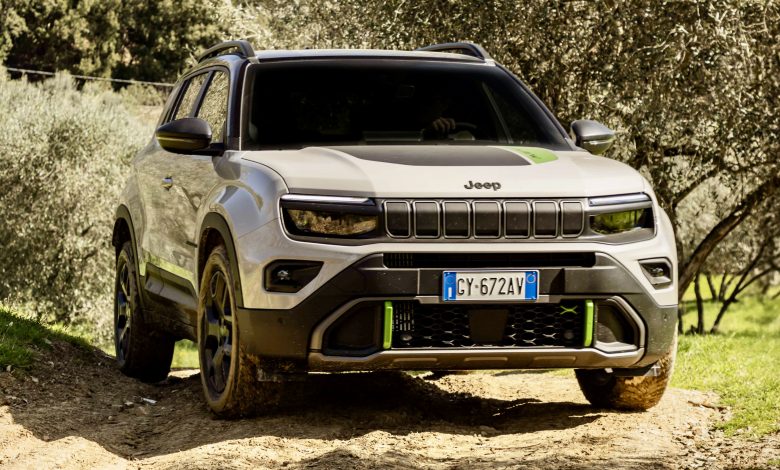
Stellantis’ shift away from an all-electric strategy in favor of hybrids is causing major production delays across its European factories. The automaker, which has been adjusting its game plan due to slowing electric vehicle (EV) demand, is struggling to source enough hybrid motors and proper tires, leading to an estimated shortfall of 20,000 vehicles this month alone, according to a report from Bloomberg.
Parts Shortages Slow Down Stellantis Factories –
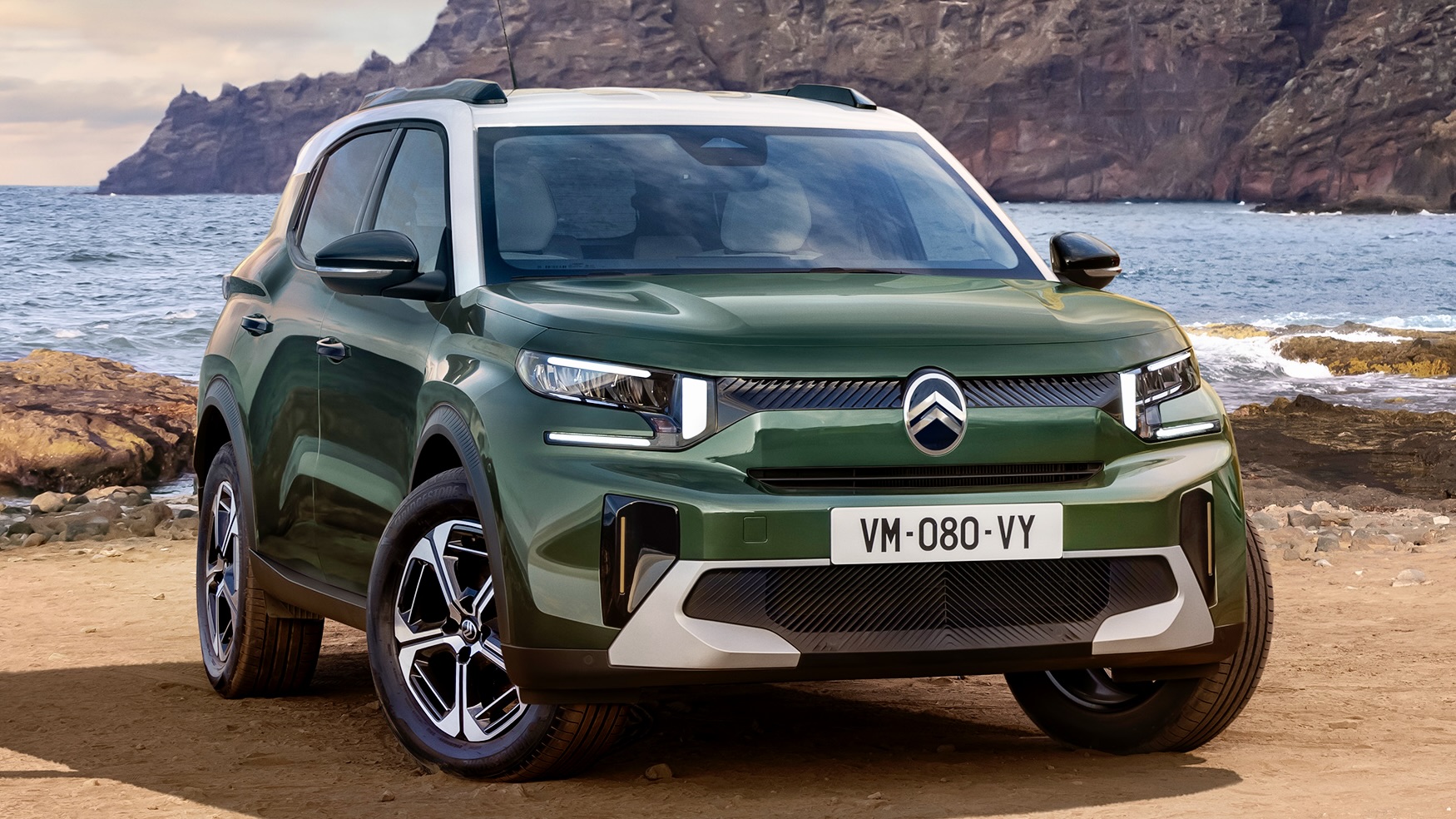
Stellantis Chief Operating Officer (COO) for Enlarged Europe Jean-Philippe Imparato, explained that new European Union carbon emissions regulations have made it harder to source key components. Stellantis typically secures parts three months in advance, but rapid shifts in the market and changing regulations have left suppliers unable to keep up. “EVs didn’t work, so we pushed full speed on hybrids,” Imparato stated. “Only that in two months, small, medium-sized, and large suppliers don’t know how to adapt.”
The Cost of Falling Short on Emissions –
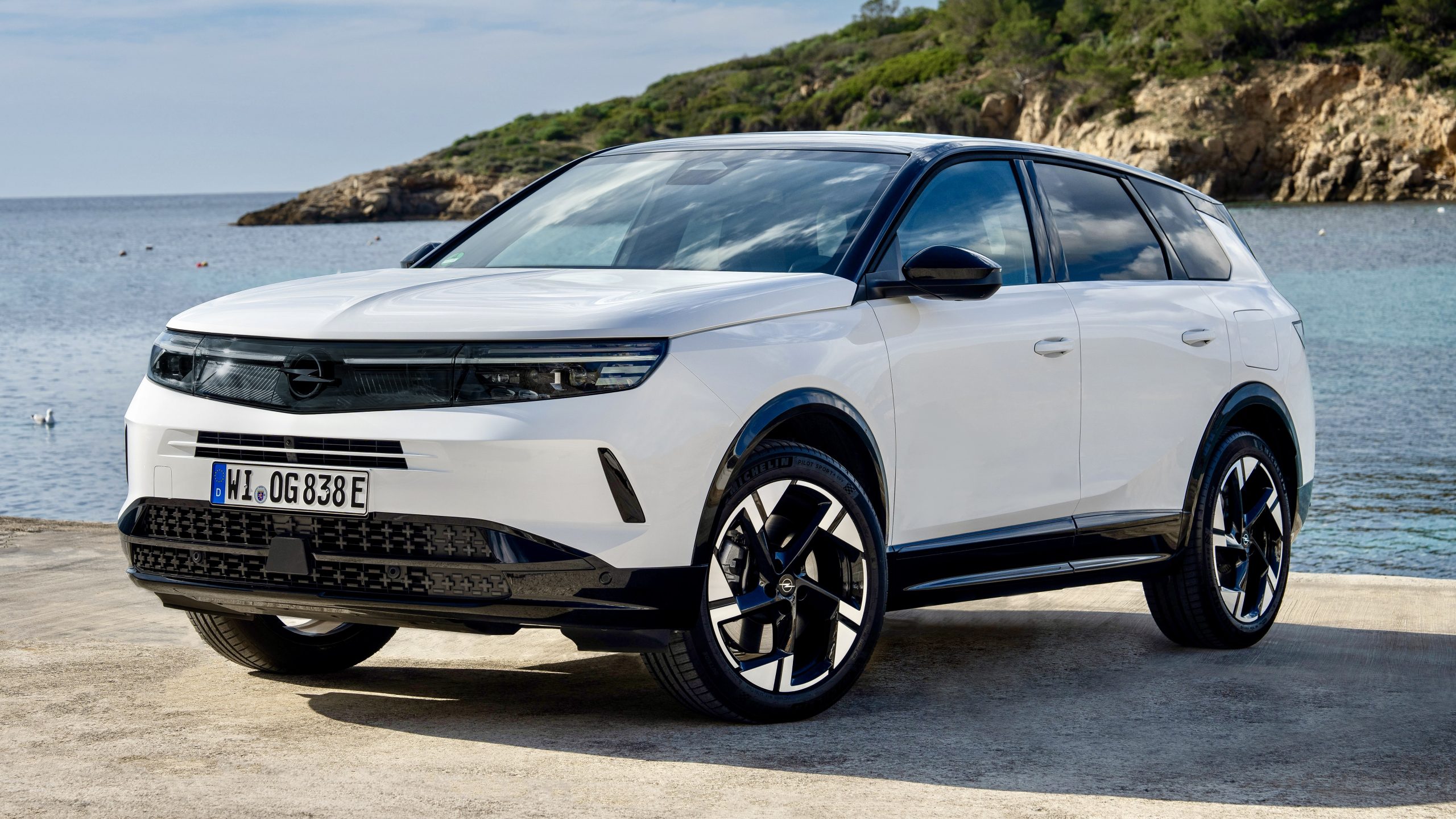
The automaker faces potential EU penalties of roughly €1.7 billion ($1.85 billion) per year if it fails to meet strict emissions targets. With weak EV sales making compliance difficult, Stellantis is now pooling resources with Tesla and other automakers to buy carbon credits as a workaround.
The European Commission recently granted automakers a three-year window—2025 to 2027—to meet CO2 reduction goals, but Imparato dismissed this as insufficient. “They presented this as a gift, but if I don’t make those EV sales in 2025, I will have to make up for them in 2026. There is no market for EVs right now.”
The Bigger Picture: Stellantis’ Future in a Shifting Market –

Stellantis, which sold 5.5 million vehicles globally in 2023—including 2.6 million in Europe—is in the middle of a strategic transformation. With former CEO Carlos Tavares out and a leadership gap still unfilled, the company is navigating a complex market shift. The push toward hybrids may be a short-term fix, but without a steady supply chain, it could create new hurdles for the automaker.
As Stellantis works to balance hybrid production with emissions compliance, the company’s ability to adapt quickly will determine its success in an increasingly unpredictable European market.
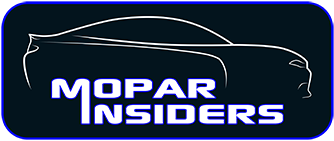

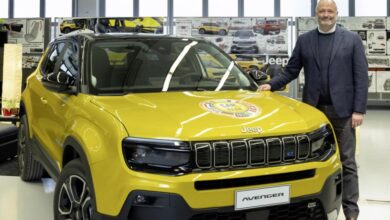

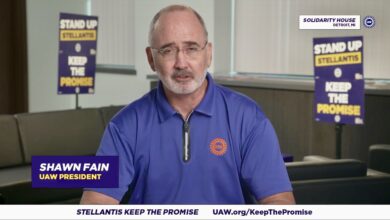
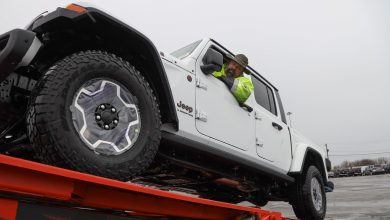
1 reply
Loading new replies...
Join the full discussion at the Mopar Insiders Forum →